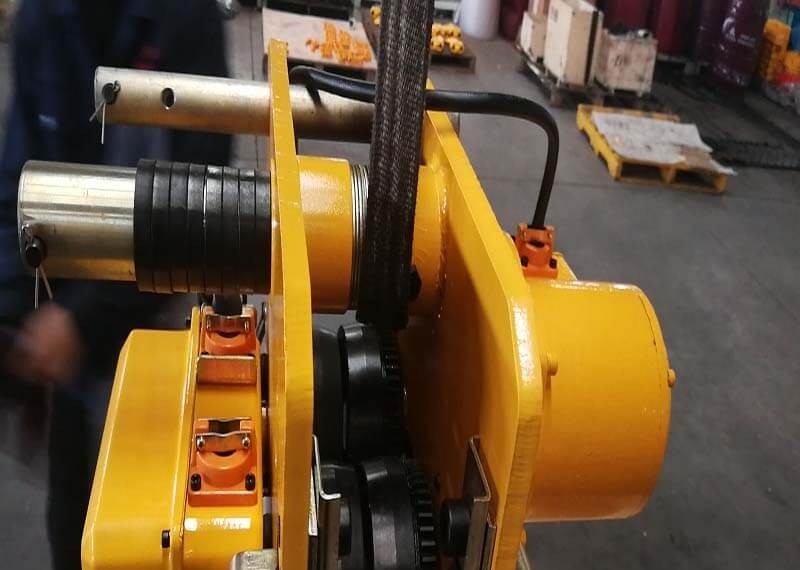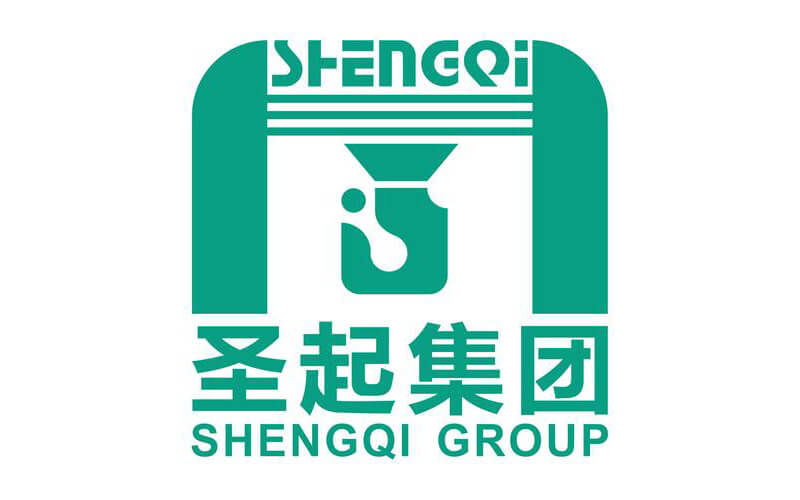
What to do with welding deformation of overhead crane?
The overhead crane was found to have welding deformation during the overhaul process, and the control of the deformation has become an urgent problem to be solved. Because the cross-sectional shape of the bridge crane is a typical box girder structure, there are many welding seams, the structure is complicated, and the welding stress and deformation are relatively large.If a reasonable design and construction process plan is not adopted, deformation will occur during the welding process, which will seriously affect the welding quality and cause the structure to be unable to be installed and used correctly.
It is important to fully understand the causes of welding deformation, which is conducive to taking appropriate measures according to the specific situation to reduce the degree of welding deformation to a small value, so that the structure can be used correctly and reasonably, and the bridge can be better improved. The various performances of cranes provide guarantee for better construction.
Under normal circumstances, the main reason for the welding deformation of the bridge crane is the uneven heat input. The amount of heat input is closely related to the material and structure of the welding. Material factors and structural factors affect the movement of the metal around the heat source, causing it to be affected by both internal and external binding forces, resulting in welding materials. Stress deformation.
There are many reasons for these problems during the welding process. For example, the size of the weld is not accurate enough, the number of welds does not meet the predetermined standard, and there are large errors in the welding position and the design position. The welding material The thermophysical properties are not strong, the construction process is not conducive to achieving a good welding state, the selection of welding parameters, etc., each specific link must be carefully grasped to achieve the desired effect.
Welding deformation mainly includes shrinkage deformation (longitudinal shrinkage and lateral shrinkage), bending deformation, angular deformation, wave deformation, twisting deformation and other types. It is reflected in the external structure of the bridge crane that shows local uplift, distortion, bending and twisting.


